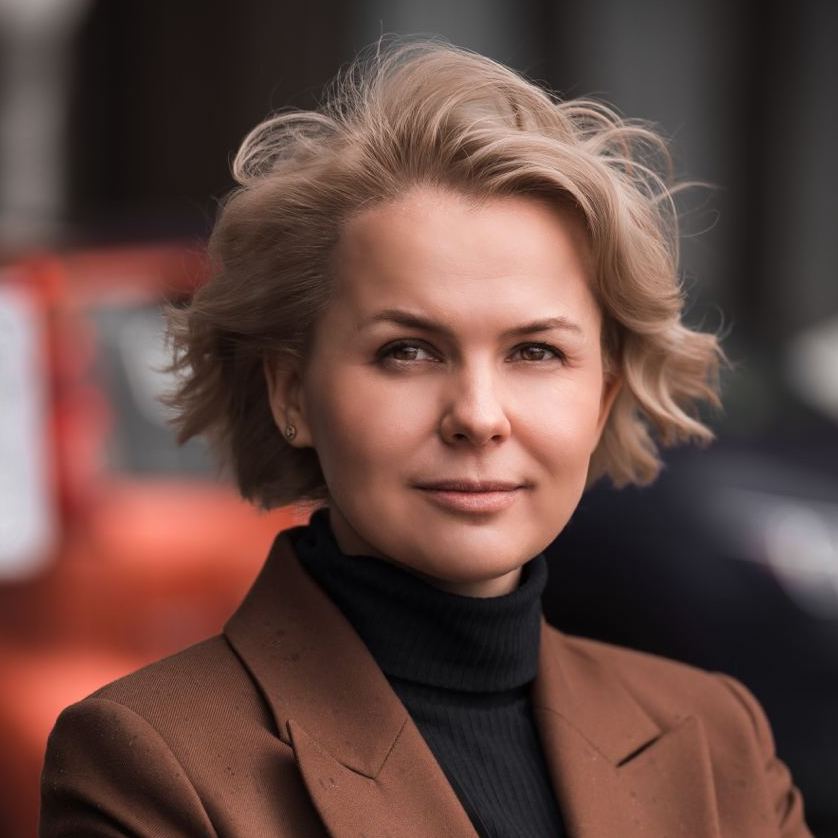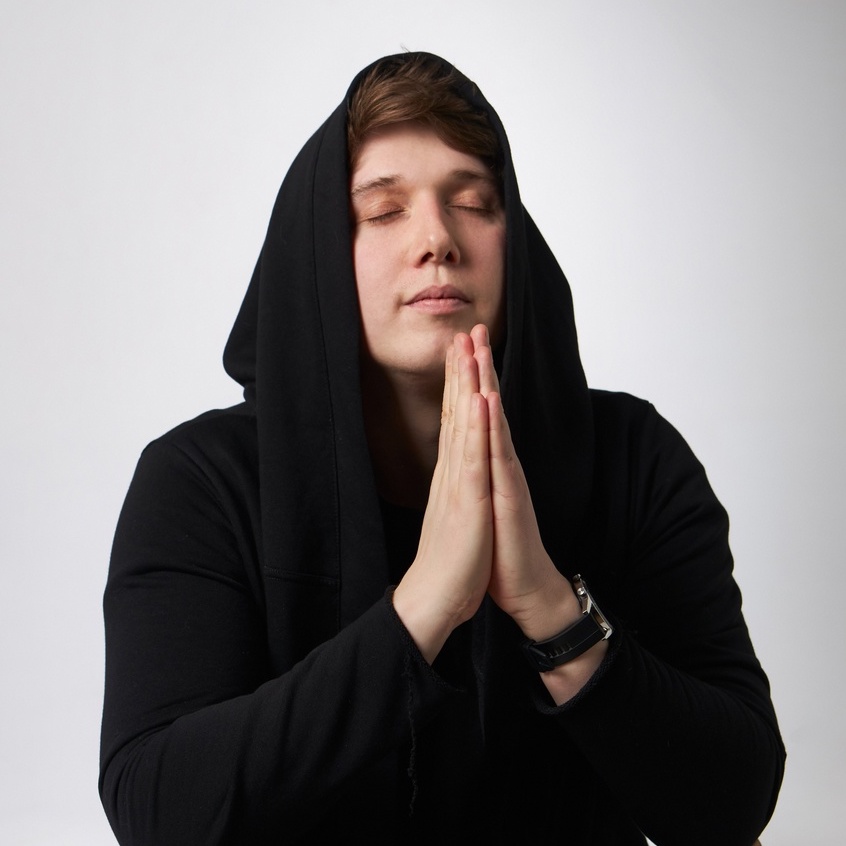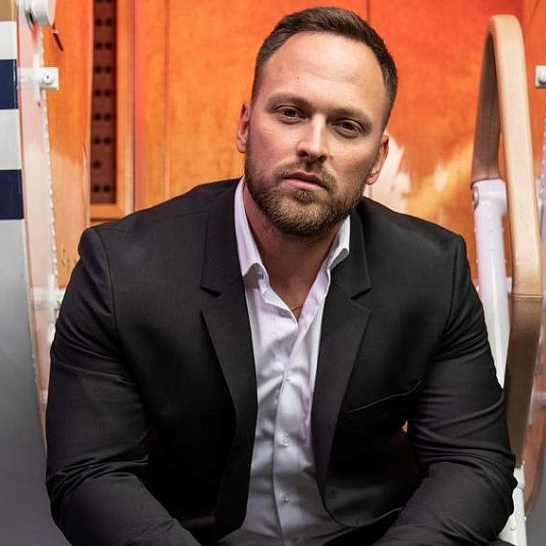More than eight months have passed since the Instagram * was blocked in Russia, and the panic that started has already subsided. The mass exodus of VKontakte and Telegram users took place literally overnight – exactly after Roskomnadzor called March 14 the day of blocking the site. Now VPN has become the desktop app of every influencer, and the phrase “Considered extremist and banned in Russia” is one of the most frequently repeated in the media.
And although the question of unblocking one of the most popular social networks is in the air even at the power level, so far the fate of Russians remains the same.
Meanwhile, bloggers and agencies continue to work on the other side of the screen. Tanya Ivanova, CEO of Hello blogger agency and president of the Association of Bloggers and Agencies, says:
“Multi-format and diversification (primarily a resource allocation strategy that allows minimizing the risks of loss – Note. ed.) “assets” are the main trends for the blogger this year. Influencers realized that they needed to develop several sites at once. Some have failed to convert their audiences to alternative platforms and have suffered a huge drop in revenue as they can’t offer alternative placements to brands that no longer use Instagram*.

Tanya Ivanova
According to him, it was those who did not “install a couple of VPNs for blogging”, working with ad placements and content designed for a more adult audience, which became the main problem after the blocking of the social network in Russia. The content suffered from the drop in coverage. In this case, artists lose up to 40% of views and the restoration of previous displays is slower, although still in progress.

“Where does everything go from now on?” 2023 will show us: “How quickly native social networks for bloggers will evolve, will Instagram* be tolerated, will TikTok return, and what implications will the Internet ad tagging law have for the market?
It is too early* to talk about a full-fledged alternative to Instagram – after all, the site is used, despite the “dramatic” indicators of analytical research.
VKontakte Clips, YouTube Shorts and Yappy partially fill the functionality, but of course not all. Maybe TikTok would have collected all the cream if it hadn’t suspended its operations.”

Mark Khludnev
Tanya Ivanova is echoed by Mark Khludnev, the founder of the Digital Church agency – she believes that Instagram will continue to be popular with both writers and users who do not want to say goodbye to the usual service, and will not have the opportunity to snatch only local content. , but also in the world.
“If we’re talking about revenue, alternative platforms will definitely come to the fore in 2023. They are already ahead, the question remains only to strengthen their position. I think that VKontakte will occupy the first place among advertisers – already the VK Clips service occupies the main place in budgets. And when it comes to viewers for premium products, Telegram has become an Instagram* alternative.
According to him, the number of ad placements on the banned social network dropped by about 70%, reach by 50-60%, but after adaptation (read: VPN installations) this figure dropped to 20-30. % depending on the author.

Bloggers themselves refer to posts on Instagram* as their sensitive topic and, for example, Aleksey Stolyarov, who has 770,000 subscribers, shares: “Statistics have really dropped, in my case two or three times in Stories, I usually keep quiet about posts. To date, activity has not improved, and I have also I started to spend much less time on social networking.” The main ad placements are now YouTube (about 80%) and Telegram (15%) and VKontakte and Instagram* (5%) close the list – one of the most popular sports video bloggers in the country, making different content for each site, adapting to each platform.

Alexey Stolyarov
But Emilia Danilevskaya (333 thousand people who subscribe to her), on the contrary, says that there are more ads on Instagram *: “I integrate almost every day, and in September I broke my own earnings record. These are mostly showrooms, beauty parlors, nutrition delivery services, personal blogs, but most of the big brands stopped posting on Instagram* and shifted their focus to YouTube and Telegram. 70% of his earnings come from the banned social network, 25% from YouTube and the remaining 5% from Telegram.

Emilia Danilevskaya
Peyzulla Magomedov, co-founder and managing director of a communications agency in the Didenok Team group of companies, confirms that at the time Instagram was blocked in * Russia, fewer brands could afford “such a luxury” like advertising on a platform. social network.

Peizulla Magomedov
“Not all of the audience has migrated to new sites, so ad prices for bloggers have dropped due to coverage and with them agency earnings.”
At the same time, he says, Instagram* remains a unique platform where viewers click, watch Stories, leave reactions: “The platform offers the opportunity to expand its subscriber base even without promotions: through Reels and mutual PR, for example. He’s been faltering lately, but the under-25 audience is with him all the way. Older users were distributed between local social networks and Telegram.
“In terms of dialogue with platforms, everything is different: if a lot of content is created on Instagram*, then in Telegram, Vkontakte, Odnoklassniki everyone basically consumes it.”
Peizulla Magomedov jokes about the two-second planning horizon, but thinks we’ll stay on Instarreality for the next year: “Ignorance is next. Maybe praise will be given to domestic platforms.”

Meanwhile, bloggers continue to work on several fronts at once: for example, Tanya Rybakova, who has 218,000 subscribers, says that Instagram* statistics have really dropped, but VKontakte and Odnoklassniki have come to life. “I mainly advertise on Instagram*, VKontakte and Telegram – they make up 40/20/20% of integrations as a percentage,” he says, and his colleagues Lyuba Lyubarskaya, Lena Ercheva and Zhenya Yurkina confirm this.

Tanya Rybakova
According to the latter, for example, advertising has gotten better despite shrinking: “The brands I work with now have a narrower audience, product selection, and a more respectful attitude to subscribers about what is posted.”

Zhenya Yurkina
In fact, most of the audience of the bloggers, whether banned without blocking Instagram or Telegram, somehow remained with them, but in general the number of active users of the social network decreased: for example, in August , Mediascope increased from 37.8 million in February to about 10 million in July. reported falling.
That means we’re talking about a nearly four-fold drop.
How will this figure change in the next year? Maybe we, like the stars of the Network, can only keep the pulse.
* Considered extremist and banned in Russia.
Source: People Talk
Errol Villanueva is an author and lifestyle journalist who writes for The Fashion Vibes. With a passion for exploring the latest trends in fashion, food, travel, and wellness, Errol’s articles are a must-read for anyone interested in living a stylish and fulfilling life.





